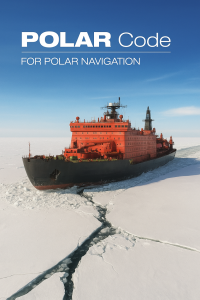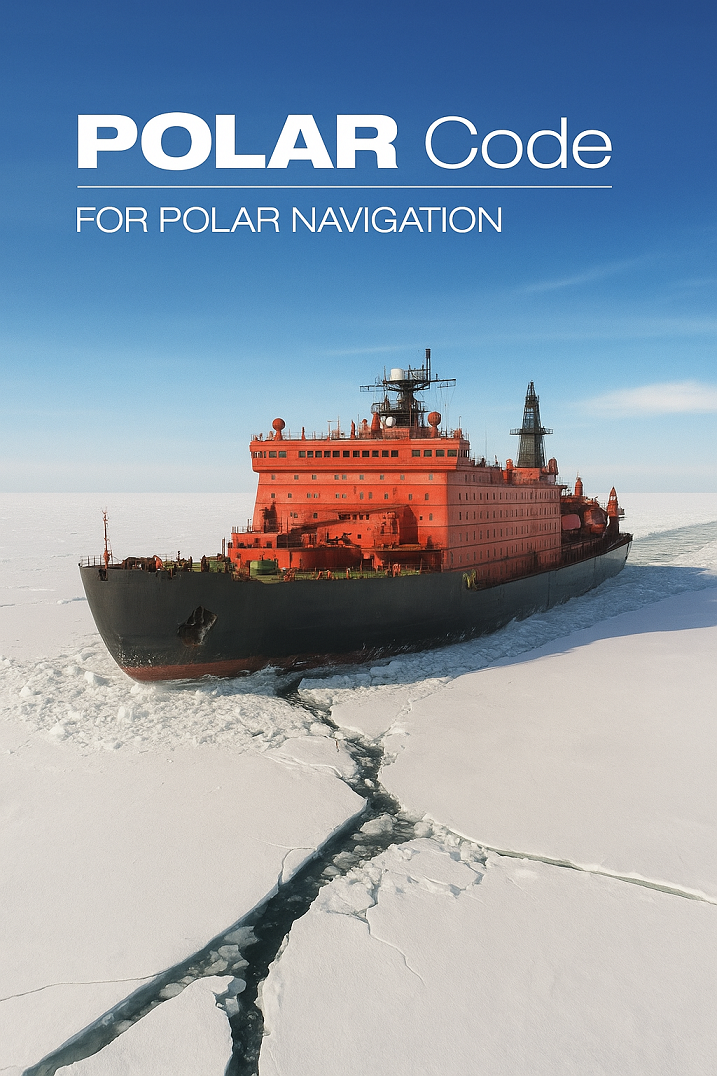Discover the top 7 critical operational rules in the IMO Polar Code that ensure safe and sustainable navigation in icy Arctic and Antarctic waters. Learn how proper voyage planning, operational assessment, crew training, and environmental protection keep polar shipping resilient.
Why Polar Navigation Demands Excellence
Picture a vessel gliding through towering ice floes, submerged under a sky painted by the Northern Lights. Stunning as it seems, polar navigation carries extreme hazards—hidden ice ridges, sub-zero temperatures, limited rescue options, and chart inaccuracies. The IMO’s Polar Code, enforced since January 2017, offers the highest maritime standard tailored for these unforgiving regions .
This article explores the top seven operational rules empowering shipping companies to navigate polar waters safely. From journey risk assessments to survival training, each rule balances human judgement and rigorous safety principles—vital in a region where mistakes can be unforgivingly final.

Operational Rule 1: Operational Risk Assessment & Polar Operating Profile
Before the engine starts, mariners must define a ship’s Polar Operating Profile (POP)—area, season, ice conditions, and intended activities. Following that, they perform an Operational Risk Assessment (ORA).
-
ORA identifies hazards—ice, remoteness, icing, low temperatures.
-
It determines system functionality requirements and needed safety adaptations.
-
Outcomes shape the Polar Water Operational Manual (PWOM) and limits on the Polar Ship Certificate.
This goal-based requirement ensures a tailored and adaptive operational blueprint, similar to ISM’s safety management logic
Operational Rule 2: Voyage Planning According to PWOM
Ships must follow the approved PWOM to plan each polar voyage
-
Includes ice, weather forecasts, routing through known hazards.
-
Assesses “maximum expected time of rescue” (METR)—minimum five days by default
-
Ensures bridge teams understand ship limitations, navigation contingencies, survival readiness.
Just as pilots chart weather diversions, captains in polar waters must respect PWOM-driven routing to stay safe and compliant.
Operational Rule 3: Crewing Competence & Training
Crew must hold Polar Code and STCW-certified training
Competencies include:
-
Ice navigation, including use of ice radar and satellite imagery.
-
Cold-weather damage control and survival equipment use.
-
Understanding of region-specific environmental policies.
Since July 2018, officers are required to document this training, ensuring readiness for the polar environment.
Operational Rule 4: Ice and Low-Temperature Management
Ships must operate within their ice class and Polar Ship Certificate limits .
-
Ice accretion must be monitored and cleared to maintain stability .
-
Equipment must be rated to Polar Service Temperature (PST), typically 10°C below coldest expected mean-temperature .
-
Engine-room operations and lifeboats must function in extreme cold.
This protects vessel stability and crew—not unlike winter car gear in the Arctic.
Operational Rule 5: Navigation and Communication Resilience
Polar conditions can degrade GPS, satellite, AIS and chart accuracy .
-
Ships must carry redundant, low-temperature-tested systems (e.g. ice-mapped ECDIS, high-frequency radios) .
-
Backup communication for search-and-rescue, including SART and VHF in cold-rated enclosures, is mandatory.
This ensures crews stay connected—no matter how remote the ice-covered sea.
Operational Rule 6: Survival Preparedness and Maximum Expected Time of Rescue
Given rescue times of five days or more in polar zones, ships must carry survival suits, supplies, and life rafts designed for extreme cold .
-
ORA defines METR which determines survival equipment requirements.
-
Drills and assigned roles ensure crews can react effectively under freezing conditions.
Crew survival relies on equipment adapted for polar extremes, not just off-the-shelf lifeboats.
Operational Rule 7: Environmental Protection in Polar Waters
Under MARPOL Part II-A, gas and oil discharge is fully banned, and garbage and sewage management is strictly controlled .
-
The PWOM must include procedures for pollutant containment and record-keeping.
-
Vessels serving remote polar communities must follow local environmental protocols, including discharge provisions.
In these pristine waters, pollution prevention is non-negotiable—and enforcement is tight.
Real-World Example: First Polar Ship Certification
In December 2016, the Russian shuttle tanker Shturman Albanov became the first IMO-certified Polar Ship .
Aboard, the captain reported the vetting of:
-
Ice-strengthened hull (Category A).
-
Cold-rated navigation electronics.
-
Revised PWOM and emergency manuals.
This certification demonstrated how theory transforms into on-board best practices.
FAQ
Q1: Who must comply with the Polar Code?
SOLAS ships >500 GT operating in defined polar waters. Smaller vessels and fishing boats are exempt
Q2: What is Polar Service Temperature (PST)?
PST is typically 10°C colder than the lowest mean daily low temperature in the region .
Q3: What is METR?
“Maximum Expected Time of Rescue”—the duration (minimum five days) a crew must be ready to survive independently .
Q4: Are Polar Code requirements different in Antarctic vs Arctic?
Yes—differences in ice persistence and rescue availability require region-specific assessments .
Q5: How often is training required?
Initial and refresher training per PWOM; officers need formal Polar certification under STCW.
Conclusion
The Polar Code’s operational rules blend risk-based planning, technical controls, crew training, survival readiness, navigation reliability, and environmental respect. They reflect a philosophy: in polar waters, every system, procedure, and person must rise to the challenge.
As polar navigation increases with tourism, research, and shipping, adherence to these seven rules ensures safety and environmental stewardship. The Polar Code isn’t just a checklist—it’s a roadmap to responsible polar engagement.
References
-
IMO. International Code for Ships Operating in Polar Waters (Polar Code) dco.uscg.mil+13imo.org+13dnv.com+13
-
DNV. Polar Code Implementation Guide dnv.com
-
UNOLS/DNV. Polar Code Operational Assessment Handbook unols.org+1register-iri.com+1
-
USCG. Verification of METR and Survival Requirements dco.uscg.mil+1dnv.com+1
-
ABS. Advisory on IMO Polar Code wwwcdn.imo.org+5ww2.eagle.org+5iaato.org+5
-
IAATO. Practical Implementation Insights iaato.org
-
IACS. Polar Class Unified Requirements en.wikipedia.org


